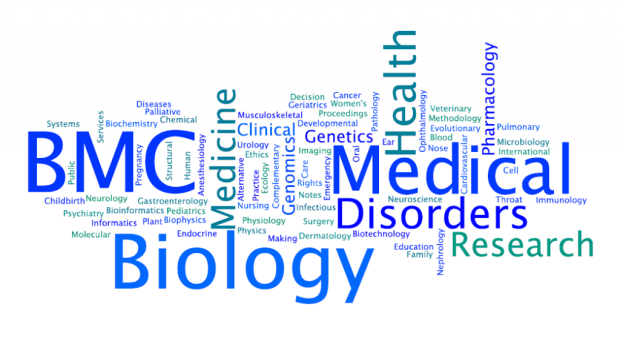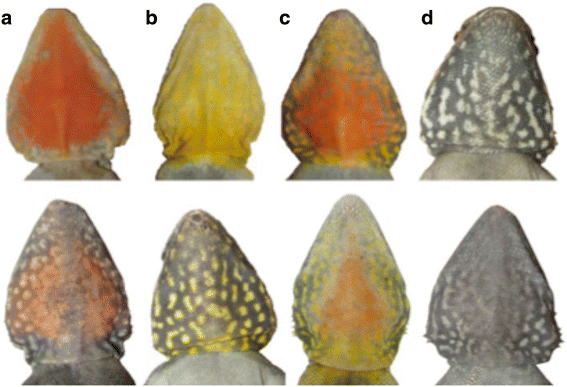
Public Health: drinkers’ “relativity” scale
Much research has focused on how people evaluate the heaviness of their drinking while sober, however, little is known about how people evaluate their drunkenness whilst actually under the influence of alcohol and in a drinking environment.
This article published in BMC Public Health shows that in these contexts, people base judgements regarding their drinking on how their level of intoxication ranks relative to that of others around them, and not on their actual levels of intoxication. Thus, when in the company of others who are intoxicated, drinkers were found to be more likely to underestimate their own level of drinking, drunkenness and associated risks.
Neuroscience: the mind’s reservoir to cope with life
The Cognitive Reserve hypothesis posits that intellectual enrichment results in cognitive efficiency which provides a reserve against disease-related cognitive impairment, and may involve either more flexible or efficient brain networks, or compensatory systems relying on new brain networks. This concept has great appeal and has led to an interesting and important body of research, which though seems limited by ‘habits’ of measurement, nomenclature, and intra-disciplinary thinking. In this commentary by Carolyn E. Schwartz, Bruce D. Rapkin and Brian C. Healy, the authors propose a broader, more comprehensive way of conceptualizing Reserve, and discuss directions for future research.
Biotechnology: killer chimeras
Current antitumor chemotherapeutic treatments are often limited by severe side effects that leave patients under extreme distress. Therefore, to increase the delivery efficiency and decrease undesirable side effects, it is essential to develop new methods that facilitate cancer cell-specific delivery of therapeutic agents. In this study published in BMC Biotechnology, a recombinant protein obtained by fusing a bacterial toxin and a ligand for a surface protein frequently expressed by cancer cells is shown to enter into tumor cells and induce cell death in vitro, suggesting a potential tool for the development of specific antitumor drugs.
Image of the month: gene-related throat color in lizards

Evolutionary Biology: ask teeth to know the story
This article published in BMC Evolutionary Biology examines in detail the dentitions of the two best documented species of so called ‘last’ toothed birds Ichthyornis dispar and Hesperornis regalis, the closest prehistoric relatives to modern birds. By revealing and comparing details of tooth shape, growth, attachment and replacement, researchers show that many dental characteristics do not – as previously believed – differ radically between dinosaurs, birds and crocodilians, suggesting that characteristics previously only observed in birds were actually more widespread. According to the authors, this may refute a previous argument in the debate on bird origins that the dental characteristics of Ichthyornis and Hesperornis provided evidence that birds may be non-dinosaurian in origin.
Health Services Research: customer care satisfaction
Primary health care is increasingly acknowledged as the linchpin of a strong health care system, and patient satisfaction is commonly used as an indicator of the quality of primary health care systems and individual health suppliers in different contexts. Over recent years, the tendency has been to survey patients’ actual experiences instead of evaluating their more general satisfaction with health care services.
There are, however, few studies that permit analyses based on linked information between individual patients and their regular GP, and there is therefore little knowledge regarding how organizational aspects in the GP’s practice affect the patients’ experience. Torunn Bjerve Eide and colleagues investigated this potential association by analyzing Norwegian data from the QUALICOPC (Quality and Costs of Primary Care in Europe) study, with the aim to identify how patients’ experiences vary with characteristics of the corresponding GPs and the organisational factors of their practices. The authors concluded that from the patients’ point of view, it is preferable for GPs to have a medium size patient list to allow for a positive communicative experience in the consultation.
Psychiatry: a clear approach for a complex condition
The association of attention deficit/hyperactivity disorder (ADHD) and fetal alcohol spectrum disorders (FASD) results in a complexity of symptoms that complicates the successful diagnosis and treatment of the affected individual. Current literature lacks formal guidelines, randomized control trials, and evidence-based treatment plans for individuals with ADHD and associated FASD.
This article published in BMC Psychiatry describes the outcomes of a meeting hosted by United Kingdom ADHD Partnership in London, United Kingdom, on the 27th of June 2015, aimed to address the complexities of ADHD and FASD from different perspectives in order to reach a consensus and produce recommended guidelines with specific regards to identification and assessment, interventions and treatments, and multiagency liaisons and care management. The article is accompanied by a commentary by Dr. Larry Burd from the University of North Dakota.
Medical Genomics: the ethics of uncertainty
Genomic testing has reached the point where, technically at least, it can be cheaper to undertake panel-, exome- or whole genome testing than it is to sequence a single gene. The information obtained, though, has often uncertain significance. Ainsley J. Newson and colleagues draft a conceptual and ethical response to the question of how to conceive of and respond to uncertainty in genomic medicine, critique the presumption that it is always problematic and something to be avoided or eradicated, and outline an ‘ethics of genomic uncertainty’, describing how this topic could potentially be handled.
Comments